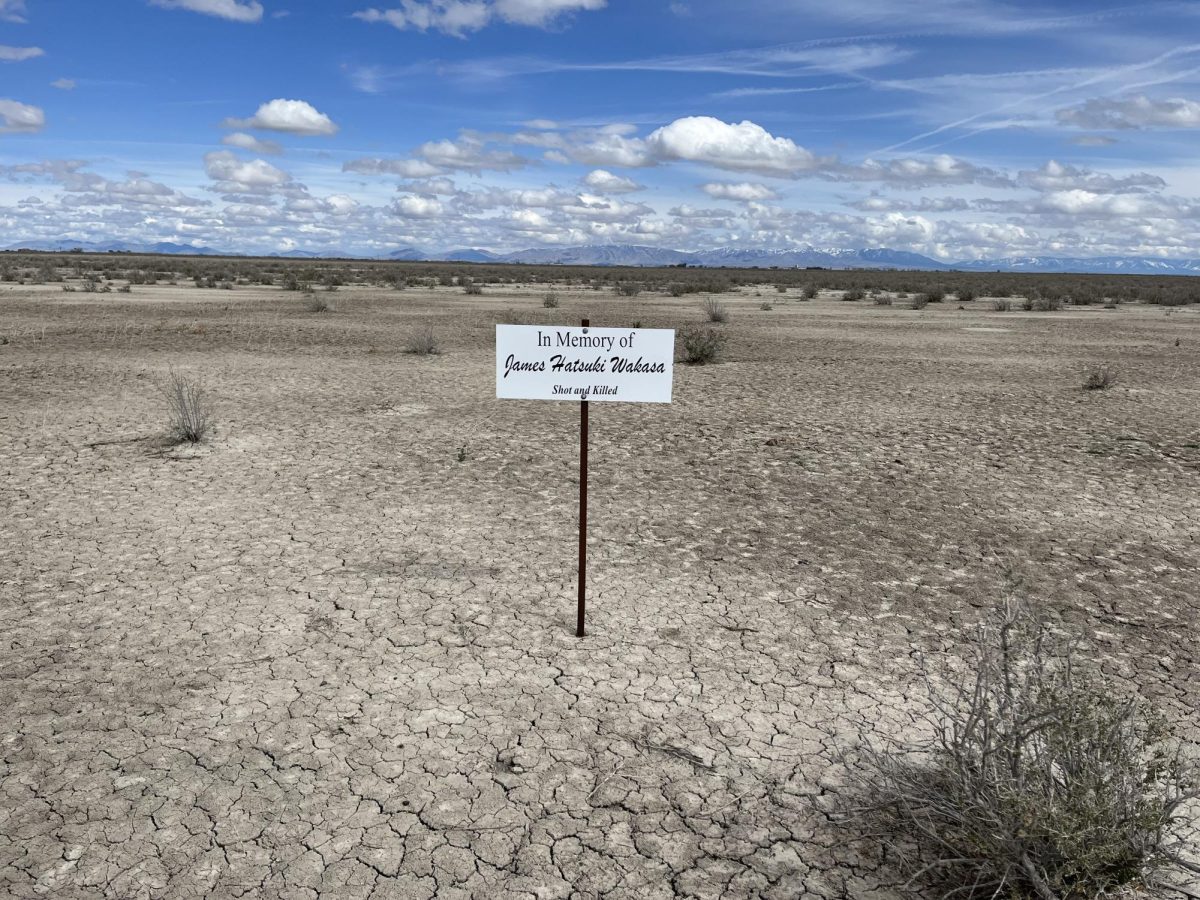Art As Catalyst for Reflection and Change
January 23, 2023
Not all artists label themselves as activists or seek to send overtly political messages with their art. Some find that a more subtle approach is just as effective.
Art As Exploration of Self
Becket Harris, a Film and Media Arts student at the University of Utah, prioritizes art as an expression and exploration of self that she gets to decide to share moments from with the world — if and when she chooses to.
“Using art as an exploration of gender identity … I think that played a role in how I express myself today,” Harris said. “A lot of what people draw is kind of like what they would wanna be able to do or what they would wanna be able to look like. When I was a kid, I would draw a lot of women’s fashion and things like that because it was really the only way that I could express that side of myself in a way that was acceptable socially.”
Harris has an appreciation for murals and street art even though her own work tends to be done on paper or digitally. Art that gets seen and is easy to get in front of people can communicate its message, she said. As a transgender woman, her work often focuses on what she refers to as “the trans experience” — moments from her transition and experiences of being transgender in a situation where art became a tool of expression for her.
“It kind of gave me the space to express myself in a private space without judgment,” Harris said. “I only present the drawings that I want to present. There’s a lot of stuff that is just either a rough concept of what I want or subjects that I’m just not willing to share with other people. I guess in that way it’s kind of like a diary.”
Art As Environmental Reflection and Quiet Rebellion
Lenka Konopasek, an assistant professor of painting and drawing here at the U’s own Department of Art and Art History has a personal interest in art as subtle messaging. She was born and grew up as an artist in the Czech Republic during its socialist era. For Konopasek, art became an act of quiet rebellion and personal processing of difficult times.
“It was a little bit of a rebellion against the system,” she said. “So when I was growing up, you know, it was still very much a socialist country and exhibitions and artists especially were quite controlled by the state and by the government. So being an artist meant to do exhibitions that were sort of done in somebody’s apartment. I got in trouble with the secret police a couple of times. I don’t know if that inspired change but it helped me to sort of process what was happening around me.”
For the last 20 years, Konopasek’s art has been focused on environmental issues, scapes and the impact of humanity on the environment. She emphasizes subtle shifts, such as a landscape that is a bit “off,” to get audiences engaging with the piece and to hopefully spark change in their personal lives.
“My art overall is not super political,” Konopasek said. “It’s not obviously political but I think that through these images if people spend a little bit of time looking at them and thinking about what’s in it, that it’s not just a pretty landscape but that there is something off and what causes that. So that could hopefully inspire somebody to maybe make some changes in their personal life.”
Whether art is used for expression, emotional catharsis or an act of subtle messaging about the state of our environment, it remains a key fixture in how we communicate ideas and experiences and how we advocate for ourselves and others to make change in the world — however personal or global that change may be.








